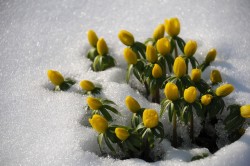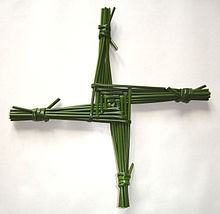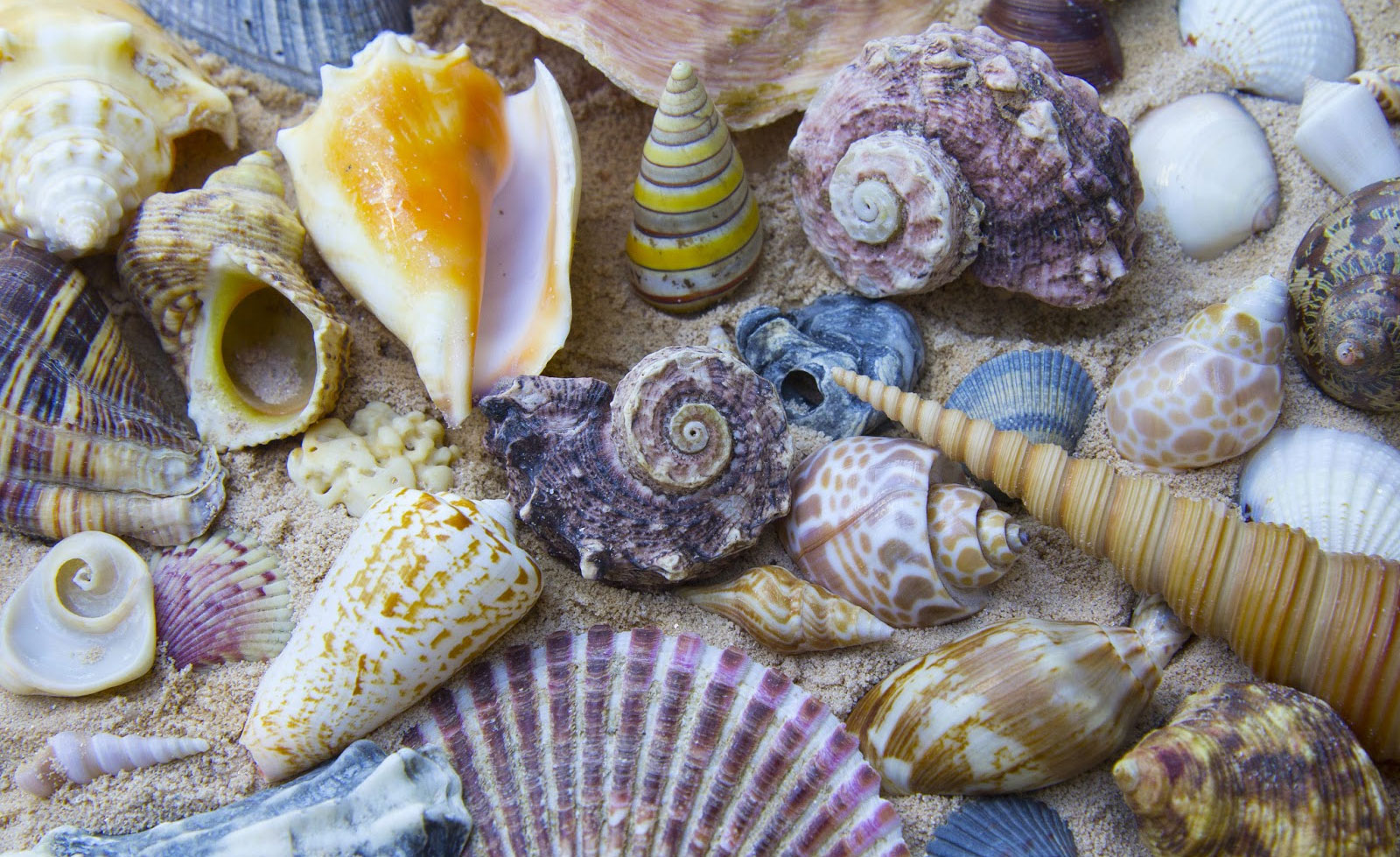 February is a hard time of the year in the northern hemisphere. Harsh winter is still upon us, although the days lengthen almost unnoticed. However, far below the winter snow, Mother Earth is stirring toward spring, and Imbolc recognizes this shift each year.
February is a hard time of the year in the northern hemisphere. Harsh winter is still upon us, although the days lengthen almost unnoticed. However, far below the winter snow, Mother Earth is stirring toward spring, and Imbolc recognizes this shift each year.
Imbolc marks the halfway point between the Winter Solstice and the Vernal Equinox, and celebrates the Celtic Goddess Brigid. Imbolc represents the quickening of Mother Earth, when life stirs deep within the land, bringing the promise of spring. This year, Imbolc falls on February 2.
Celebrated since ancient times, there are several possible meanings of the word Imbolc: “in the belly,” referring to the pregnancy of ewes, “ritual cleansing,” “milk,” and “budding.” The holiday honors the gradual shifting of the seasons and the Goddess Brigid.
Perhaps loved more than any other Celtic Goddess, Brigid, a fertility Goddess, is the Goddess of sacred wells, fire, poetry, smithery, milk and early lambs. As Christians overtook paganism, they were unable to take Brigid from the heart of the Celts, and so they made her into Saint Brigid and created the holiday of Candlemas.
Throughout Ireland and other Celtic lands, there are still sacred wells dedicated to Brigid. The waters are said to have healing properties, and are used to bless people, livestock and property.
A shrine in Kildare, Leinster, Ireland, is thought to be the oldest that commemorates her, and a perpetual flame is tended there to honor Brigid as Goddess of fire.
Brigid protects the ewes that sometime deliver early lambs at Imbolc, and she is honored as the protector of mothers, particularly pregnant and lactating women.
Because Imbolc is a feast of home and hearth, poems are often read in her honor.
 Her name is spelled many ways, and a specially-designed cross made of rushes is her primary symbol, although dolls made of reeds or rushes are also made to honor her. (You can find instructions for making these on the internet.) The crosses are hung above doors and windows in homes and stables to protect them from fire and lightning.
Her name is spelled many ways, and a specially-designed cross made of rushes is her primary symbol, although dolls made of reeds or rushes are also made to honor her. (You can find instructions for making these on the internet.) The crosses are hung above doors and windows in homes and stables to protect them from fire and lightning.
This year, as in years past, my friends and I gather on this joyful holiday to celebrate the stirring of Mother Earth, and to honor Goddess Brigit. We’ll create an altar filled with candles, early spring flowers, metal (to represent smithery), and other symbols of the holiday. We’ll bless each other with sacred water and read poetry. We’ll eat great food, and set aside a plate for Brigid.
Most of all, we will give thanks for the comfort of home and hearth, the quickening of Mother Earth, and each other.
Blessed be,
Deb
Top photo: Free Pics; Brigid Cross: Wikipedia


For the first time, I’ve been internally nudged to honor Brigid this year. Instead of ignoring the thought (so easy to do!), I’ve found a pagan group in my area and will attend a gathering this weekend. No sooner had I made plans to do that, than I suddenly had three job interviews come to me on the same day. I’ve been looking for additional work for about nine months. I’ve just had the third interview, and it seems like a wonderful fit, just a relaxed “ahhhhhh….!” I think the universe always says “yes,” so when we move in a particular direction, the road rises up to meet us. I don’t think it’s a coincidence that my life is pivoting after reaching toward Brigid, protector of mothers and fertility, and that the timing is just about nine months–a perfect gestation.
Thanks for this wonderful blog, Deb. Love & blessings.
Thank you so much for your comment, and blessings to you as the Universe has said “Yes!” to you! Happy Imbolc! Peace and blessings, Deb